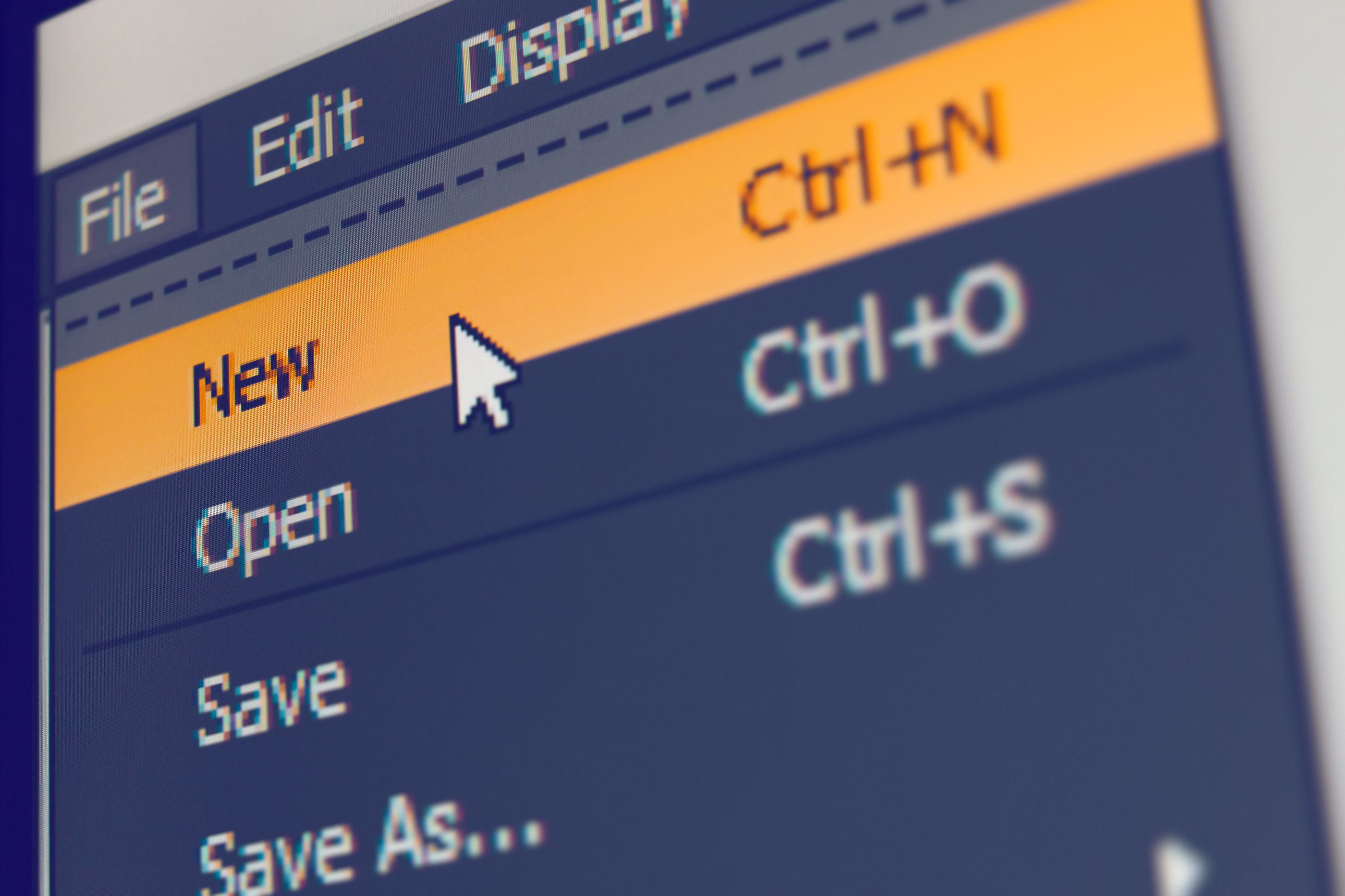Okay, so you’ve probably wondered why your mouse cursor is tilted at a forty-five-degree angle towards the left. Or maybe you haven’t. The mouse cursor is one of those things that have been a part of the landscape so long that most people tend not to think much about them.
But it turns out there is a reason for that slant, after all, one that goes all the way back to the early days of computer science, long before the omnipresence of the personal computer.
Back in 1981, when the mouse cursor was first designed, it wasn’t even slanted! Indeed, when the late great Douglas Englebart, the inventor of the mouse, first came up with his design, it was a simple upright arrow that was not very much different from other lines on the screen or display.
So at that point in time, the mouse cursor was a black vertical line pointing upward, and which was practically indistinguishable from every other vertical line on the display screen.
These were the days of very low-resolution screens. It was pretty much impossible to design a black, vertical upward pointer that would stand out in any way.
So in the same innovative, never-say-die, get-it-done-however-you-can spirit that prevailed in the computer science scene and indeed endures to this very day, they decided to get creative and slanted their pointer at a forty-five-degree angle.
Et Voila!
To be honest, it was the only thing they could do to differentiate the mouse, given the limited number of pixels they had available for displays back then. But this small change led to a lot of extra advantages:
- First and foremost, they now had an icon that was clearly distinguishable from the rest of the layout on the display screen.
- The new slanted mouse icon looked very similar to the way an index finger would point something out on the screen.
- This new leftward slant made it easier to estimate the click position. This is not much of a problem these days with clearly defined screens but back then it made a world of difference with the older machines.
- The slanting icon had a self-effacing quality about it, almost a way of being out of the way. Unlike the previous upright icon which would frequently obscure characters on the display, the slanting icon simply pointed, hiding nothing.
- The new mouse slant nicely emulated the way right-handed people write, slanting their pens at a similar angle.
- The slanting cursor also proved intuitive because it was easy to use for reading from left to right, which is the way most societies in the world read.
There are dozens of other reasons for which the slanted mouse cursor has endured even in our day of excellent resolution and high-definition displays. However, it was helped along the path towards mainstream when Steve Jobs borrowed it for his software (Douglass Englebart was a Xerox engineer when he invented the mouse), and then Bill Gates after him.
Today we don’t even give it much thought—we’ve just come to love our slanted mouse.

